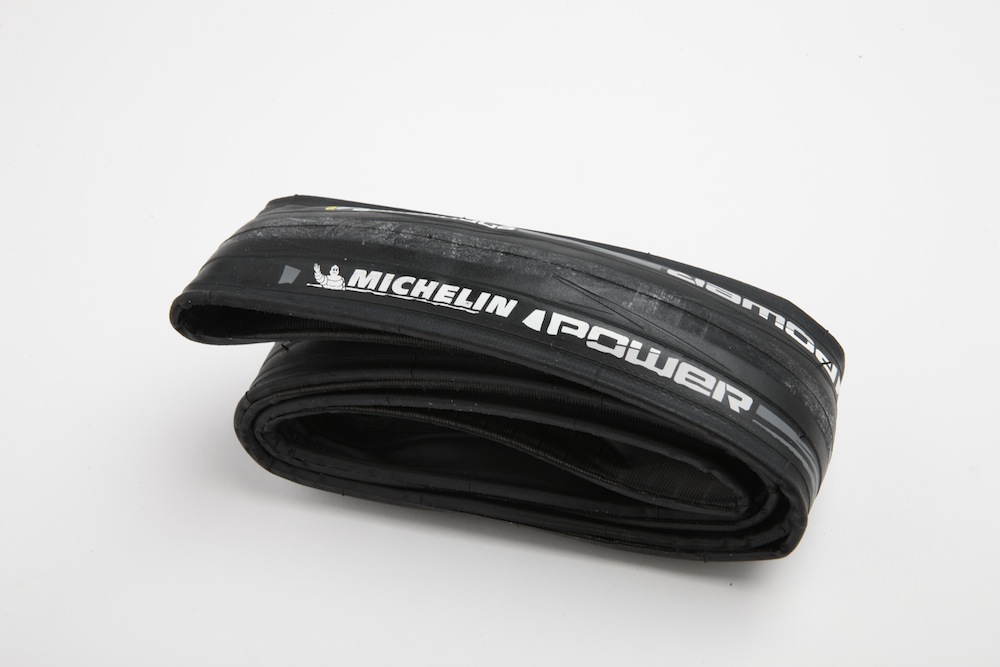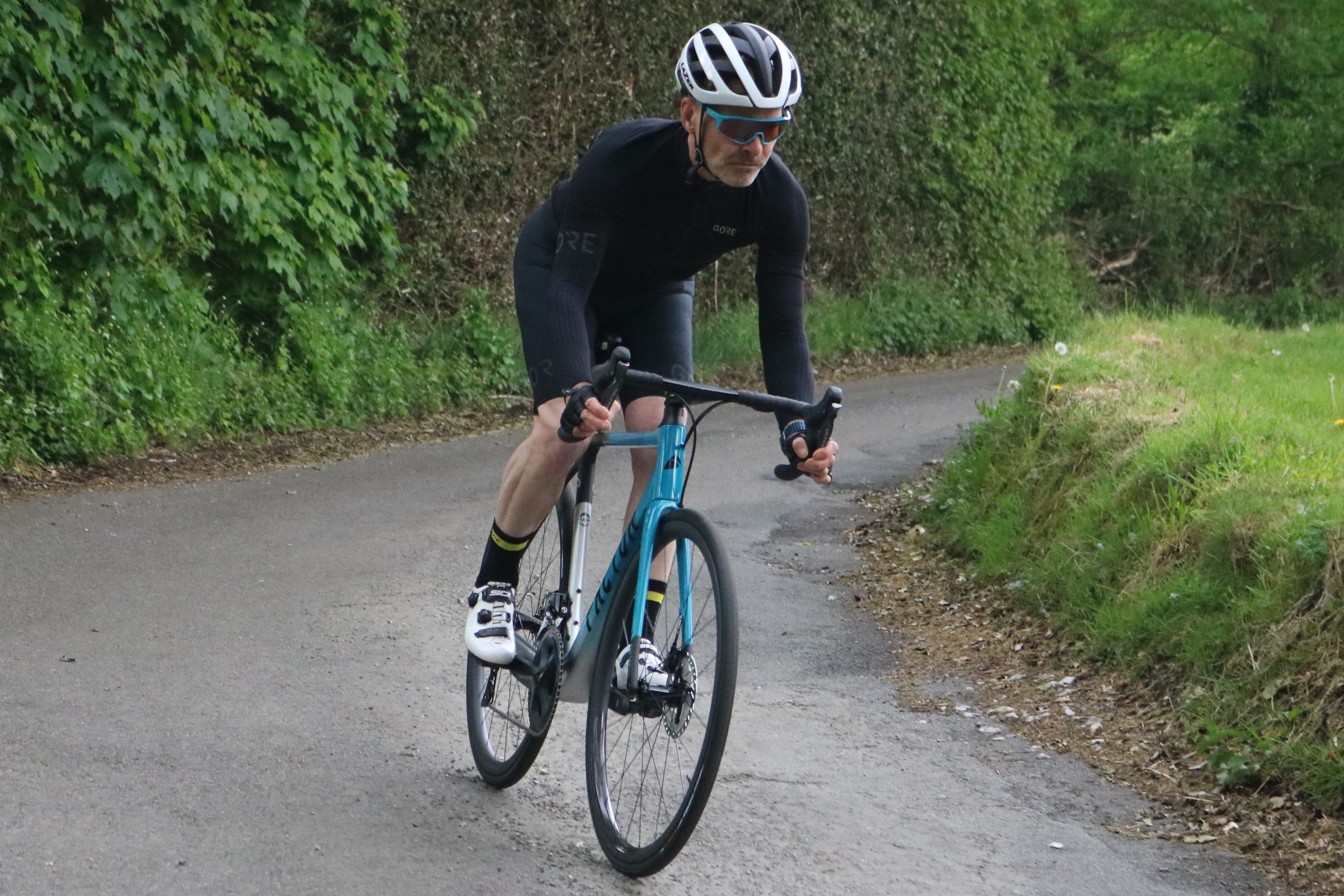Michelin Power Competition tyres review

Overall these are very impressive, fast tyres that are also reasonably priced. It's nice that our own testing backs up the marketing claims too
-
+
Light weight
-
+
Fast Rolling
-
+
Well priced
-
-
Wet weather grip not quite up with the best
You can trust Cycling Weekly.

We still rate the Michelin Power Competition tyres amongst our favourites and Michelin claims low rolling resistance too, which is backed up by our own testing. Coming in at around 200g, they’re light and we’ve found they offer excellent durability. It may be among the few road tyres yet to offer a tubeless option, but we’ve awarded the Power Competition an Editor’s Choice award as one of our favourite components we’ve used in 2018.
Most of Michelin's annual R&D spend of €700m goes into car tyres, where rolling resistance can account for up to 20 per cent of fuel consumption. The technology developed for cars, including silica-based tread compounds, has been incorporated into its range of Power cycle tyres and Michelin claims impressive results.

The Michelin Power Competition tyres are the replacements for the Pro4 Service Course, and are aimed at road competition. Michelin claims that the Power Competition saves 10 watts of power over the company’s previous top-end model and bases this claim on tests done by third-party tyre specialists, Finnish Energy. But what does it actually mean to you and me? Apparently, for a rider and bike weighing 70kg, this could save 85 seconds over 40km at 35kph over the old tyre.
>>> Buyer's guide to road bike tyres (video)
Alternatively it could equate to over a minute off the time to climb Alpe d’Huez, a weight loss of 1.5kg, 54 seconds on the 2015 Time Trial World Championship course or 2.8m in a 30 second sprint.
Watch: Can a tubeless tyre survive a nail?
Testing

At the launch event, we tested the new Michelin Power Competition tyres against the Pro4s on the company’s cycle tyre test track at Ladoux. We rode 5.5km at a constant 180 watts on the Pro4 Service Course before swapping for the Power Competitions and repeating the exercise. A group of 30 journalists rode an average of 0.8kph faster on the new tyre.
The latest race content, interviews, features, reviews and expert buying guides, direct to your inbox!
It’s an exercise which Michelin has repeated dozens of times with its own test riders, with strikingly similar results: overall the Power Competitions were 0.9kph faster than the Pro4s.The Michelin Power Competition tyres are available in 23mm and 25mm widths with claimed weights of 195g and 215g respectively.
Naturally we wanted to perform our own testing. In addition to field testing out on the road, in various conditions, engineer and pro rider, Dan Bigham helped us calculate the rolling resistance of these tyres. For the details of the rolling resistance test and the full results you can click here (it's towards the bottom of the page).
Our testing appears consistent, with the Michelins coming in third place just behind the Bontrager R4 and Vittoria Corsa G+. The key thing though, is that the Michelins are lighter, which will mean lower inertia and a more responsive ride feel. The Michelin Power Competition tyres are also lighter on your wallet too at about £20 less than the Bontrager R4.
It is difficult to quantify, but we didn't feel as comfortable in the wet on the Michelins, compared to the Continental GP4000. We did detect some slight slippage of the rear tyre in wet conditions too.
Another thing to note is that although stated as 25mm, they came up at 26mm on our stock rim when measure with calipers. Although light the puncture protection does appear decent and we didn't puncture while testing even on dirty wet roads.
Paul started writing for Cycling Weekly in 2015, covering cycling tech, new bikes and product testing. Since then, he’s reviewed hundreds of bikes and thousands of other pieces of cycling equipment for the magazine and the Cycling Weekly website.
He’s been cycling for a lot longer than that though and his travels by bike have taken him all around Europe and to California. He’s been riding gravel since before gravel bikes existed too, riding a cyclocross bike through the Chilterns and along the South Downs.
